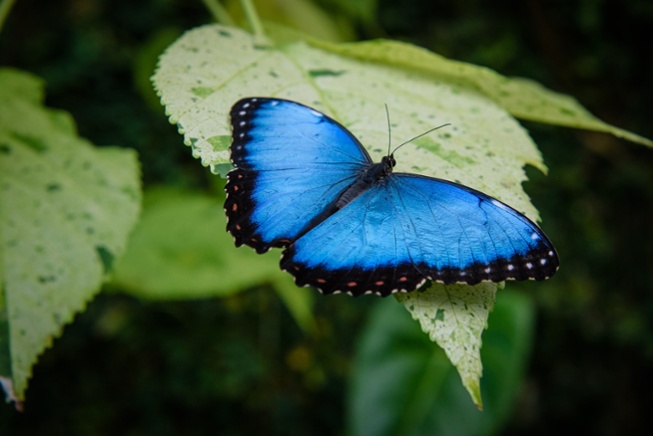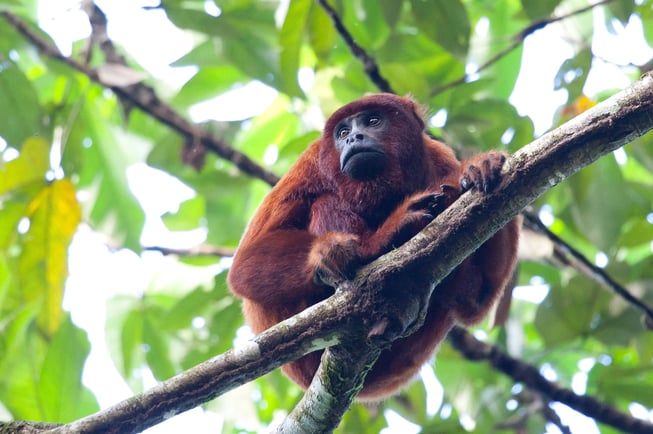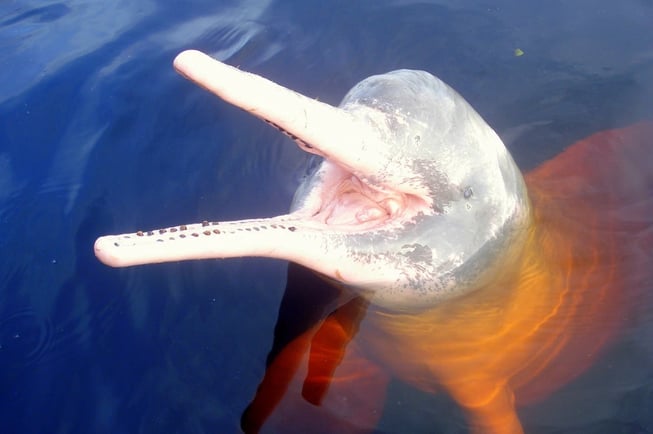Pachamama Alliance regularly makes many references to the unparalleled biodiversity of the Amazon rainforest, but what do we mean when we say that?
Biodiversity is the variation of life forms within a specific ecosystem, and the Amazon rainforest has more variation than any other terrestrial ecosystem on the planet. One in ten known species in the entire world live in the Amazon, which is part of the reason why we must protect it.
Below, we highlight just a tiny fraction of the magnificent life that exists in the precious Amazon rainforest.
Longhorn Beetle
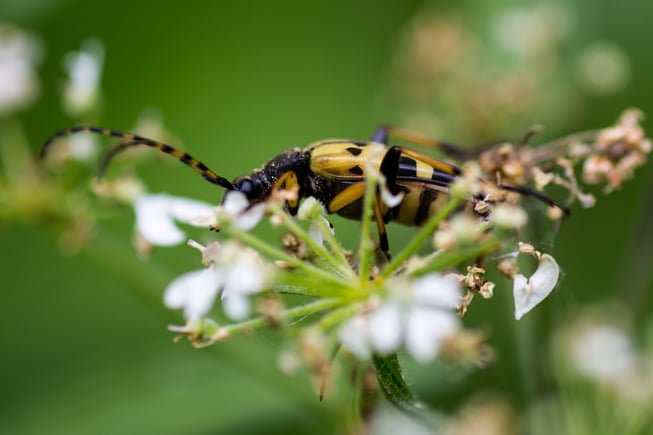 Image courtesy of Derek Parker (CC).
Image courtesy of Derek Parker (CC).
Over 90% of the Amazon’s species are insects. One square mile of Amazon houses over 50,000 insect species on average. Most of those are varieties of beetle. The Longhorn Beetle can grow to be over six inches long.
Peanut Head Beetle
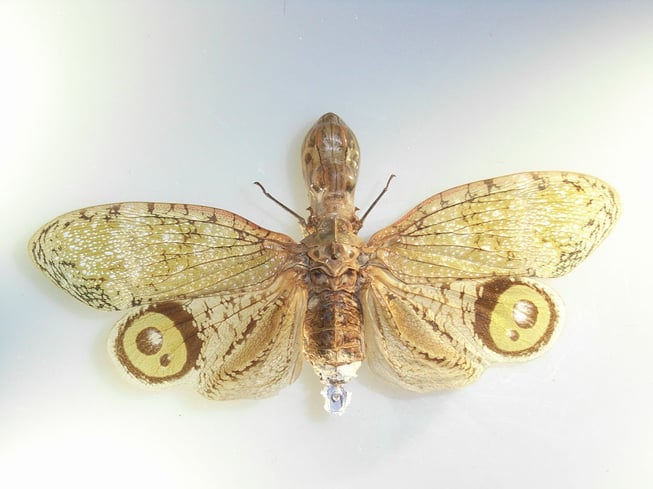 Image courtesy of Wikipedia Commons.
Image courtesy of Wikipedia Commons.
The Peanut Head Beetle has a head that looks just like a peanut and circular patterns on its wings that look like eyes to a predator.
Blue Morpho Butterly
Image courtesy of Michal Mrozek.
There are over 4,000 species of butterflies in the Amazon such as the Blue Morpho.
Red Howler Monkey
Image courtesy of Jason Rothmeyer (CC).
Many primates are native to the Amazon rainforest, including the White Capuchin, the Rufous-naped Tamarin, the Squirrel Monkey, and the Red Howler Monkey, pictured above.
Ocelot
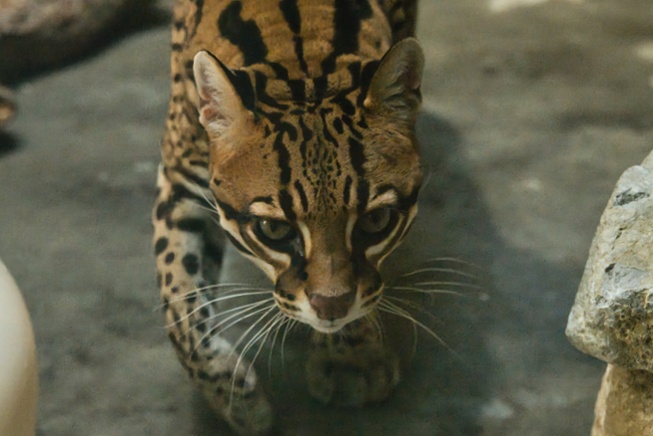 Image courtesy of Doug Morris.
Image courtesy of Doug Morris.
You can find Jaguars, Mountain Lions and other members of the big cats family in the Amazon as well. The Ocelot is a smaller big cat and is sometimes kept as a pet (although it is not recommended).
Macaw
.jpg?width=653&height=435&name=twenty20_36d1f0ce-a966-4529-bea0-5fe270d12c9b%20(1).jpg) Many colorful and stunning birds live in the Amazon. There are many species of Macaw and they tend to be very colorful!
Many colorful and stunning birds live in the Amazon. There are many species of Macaw and they tend to be very colorful!
Scarlet Ibis
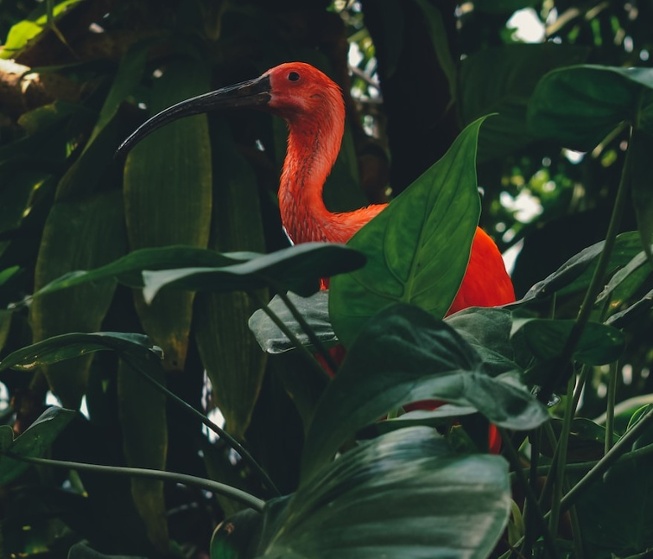 Image courtesy of Mattia Pavesi
Image courtesy of Mattia Pavesi
The Tupi, also know as the Scarlet Ibis, has striking red plumage.
Pink River Dolphin
Image courtesy of Luciana Christante (CC).
The Amazon Pink River dolphin is the largest of the freshwater dolphins.
Electric Eel
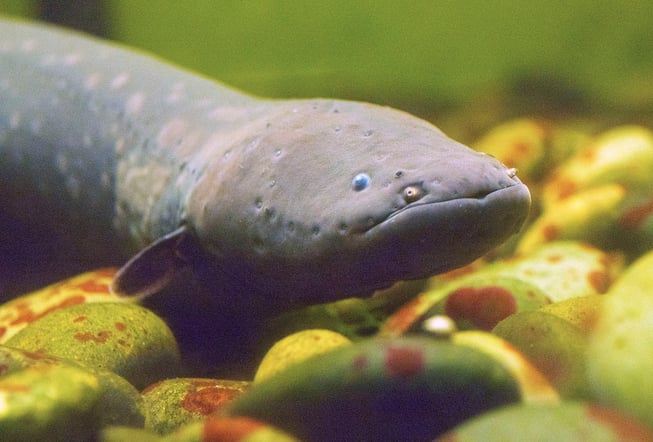 Image courtesy of Derek Parker.
Image courtesy of Derek Parker.
Fish and amphibians reside in the rivers, lakes and streams of the Amazon. Electric Eels can deliver shocks that can wound and even kill a human. They produce this electricity in pairs of organs located in the eel's abdomen.
Poison Dart Frog
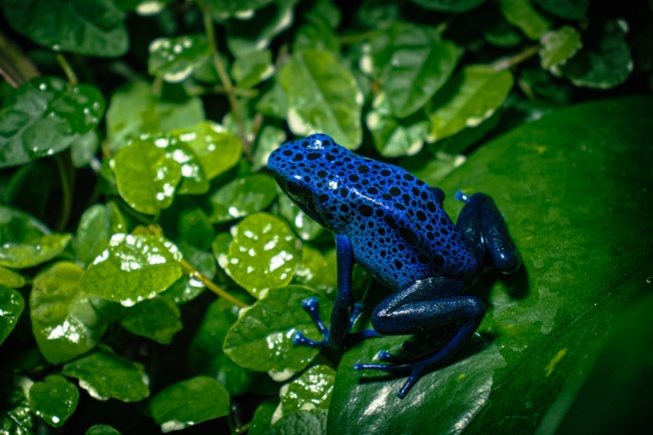 Image courtesy of Oleksandr Kuzmin.
Image courtesy of Oleksandr Kuzmin.
The Poison Dart Frog may only stand a couple inches tall, but this brightly colored amphibian releases poisonous chemicals through the surface of its skin.
Glass Frog
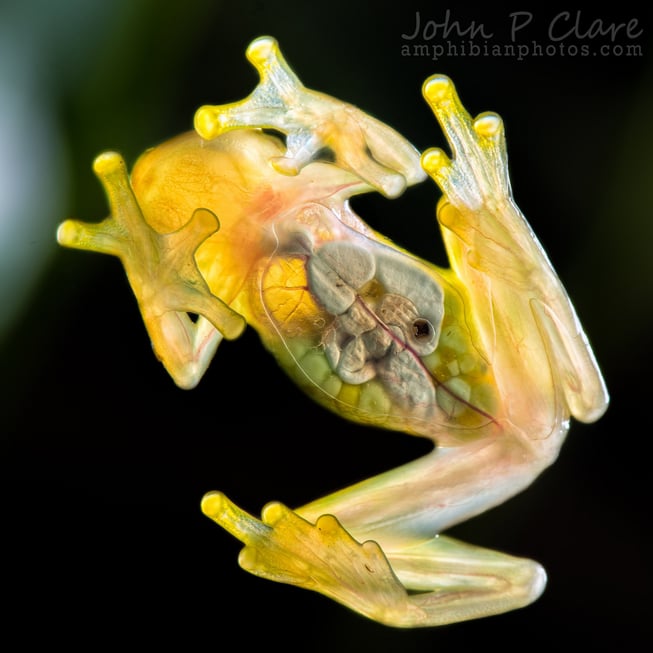 Image courtesy of John P. Clare (CC).
Image courtesy of John P. Clare (CC).
The Glass Frog has transparent skin that helps it blend into its surroundings.
Cacao
-1.jpg?width=653&height=490&name=pexels-klt-dinusha-7450070%20(1)-1.jpg) Image courtesy of KLT Dinusha.
Image courtesy of KLT Dinusha.
Many of our favorite foods reside in the Amazon, such as Cacao (pictured here), Acai and Coffee.
Clavillia
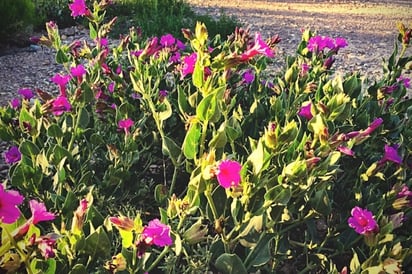 There are over 40,000 known species of plant native to the Amazon, and even more yet to be discovered! Many of these can be used as herbal medicines. Clavillia contains compounds that kill bacteria, fungi, and viruses.
There are over 40,000 known species of plant native to the Amazon, and even more yet to be discovered! Many of these can be used as herbal medicines. Clavillia contains compounds that kill bacteria, fungi, and viruses.

